Julie Yip Williams, author of The Unwinding of the Miracle, knew she would never see whether readers liked her book. The Unwinding of the Miracle shares Yip Williams’s experiences and thoughts as she approached her death from colon cancer. Through the book she wonders about what the lives of her husband and daughters will look like, and finds the miraculous in the most universal human experience — death. Published posthumously on Feb. 5 by Random House, The Unwinding of the Miracle is a New York Times bestseller.
The team at Random House helped raise the memoir’s profile through a unique audio strategy. Beyond typical plans to advertise on podcasts, they decided to take it a step further for the release of The Unwinding of the Miracle. In collaboration with Pineapple Street Media, Random House created a 4-episode companion podcast, Julie: The Unwinding of the Miracle.
The podcast featured audio interviews with Yip Williams as well as audio from some of the last visits her family had with her before her death. Listeners could hear Yip Williams talking about how she decorated her bedroom so that she’d have somewhere beautiful to die and making plans to haunt her family members. In the final episode, the surviving family members and friends talk about the ways that they feel Yip Williams’s presence after her death.
As of February 27, 2 weeks after the final episode was released, the podcast ranks number 51 for all Health podcasts on iTunes, with over 600 reviews and an average of 4.5 stars. The podcast was featured on Call Yr Girlfriend through a sponsorship from Pineapple Street Media and on All Things Considered.
Investing in a collaboration with expert podcasters resulted in a well-paced and compelling narrative with high production values. Pineapple Street Media is a well-established podcasting company. They produce, among other shows, Still Processing from the New York Times and were behind the chart-topping Missing Richard Simmons. Julie: The Unwinding of the Miracle’s producer Eleanor Kagan comes from a well-established audio background, having worked previously for both NPR and Buzzfeed.
We chatted with Leigh Marchant, Director of Marketing & Business Development at Random House about Julie: The Unwinding of the Miracle and their companion audio strategy.
How did you decide to create a podcast for The Unwinding of the Miracle?
Our Random House Editor-in-Chief, Andy Ward, and I had been talking about doing a podcast with our mutual contact, Max Linsky, from Pineapple Street Media. As all great projects start, we pitched him a few ideas over lunch and decided that Julie’s story would make for an incredibly compelling podcast. We thought having Julie’s story told in both book form and via podcast would be a really interesting project—that instead of being restricted by only telling this story in one format, we could have them complement and inform each other.
What kinds of audiences were you hoping to access with the podcast?
We think that podcast listeners are readers, and readers are podcast listeners. We have seen some consumer insights reports that show media affinities for some of our authors and titles, and podcasts are definitely included in there. Of course, certain podcasts appear more frequently in our data than others but we do think there is listener/reader overlap.
So we were hoping to draw attention to the book through the podcast audience – and vice versa. The two projects – the podcast and the book – are meant to be complementary. In other words, if you read the book, you will want to hear more from Julie and her family and friends through the podcast. And if you listen to the podcast, you’ll want more in the book. Both the podcast and the reading experience deliver in such a strong way. The content of the two projects is actually different but together provides an incredible understanding of what Julie and those who are terminally ill are grappling with.
Both the podcast and the reading experience deliver in such a strong way. The content of the two projects is actually different but together provides an incredible understanding of what Julie and those who are terminally ill are grappling with.
How is that audience different from — or the same as — the audience you were connecting with through other parts of the campaign?
We are always looking to reach readers through our campaigns and one of the ways we do that is actually via podcast advertising! So creating the podcast was a great way to reach some of our target audience. We were hoping to reach readers of books like When Breath Becomes Air, The Middle Place and The Bright Hour. Also we targeted readers of medical memoirs, followers of Julie’s blog, as well as parents.
But of course the goal for any book is to reach the right readers and we knew that if we could capture an expanded audience via the podcast, they would likely be interested in the book as well.
How did you balance creating a rich and emotionally resonant podcast with leaving enough unanswered for the listener so that they would want to read the memoir?
That was a main concern at the start of the project. We didn’t want to cannibalize either project so we were careful to keep the content different enough, yet complementary. In the podcast, you hear from Julie’s family and friends. The book is just Julie’s words and thoughts. The two forms work so well together though. Each project is so powerful, so moving, so compelling. But together they offer such a complete portrait of Julie’s incredible life and, later, her battle with cancer.
How does companion audio fit into your strategies for other titles?
We are always looking for new ways to reach readers – on whatever platform they are consuming content. Podcasts are a great way to do that and we will continue to explore opportunities in that space – when it makes sense. We have a number of other podcasts through our corporate group coming. But we’re also exploring other multi-media platforms, as well. We also just launched an Alexa Skill called Good Vibes. Our goal is to connect readers (and listeners) to great books via the platforms where they are already consuming content.
Be sure to subscribe to NetGalley Insights for more strategies from successful marketing campaigns, audio coverage, and more!

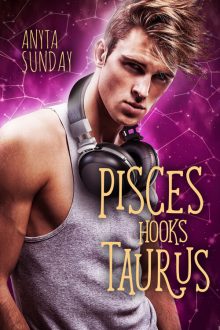




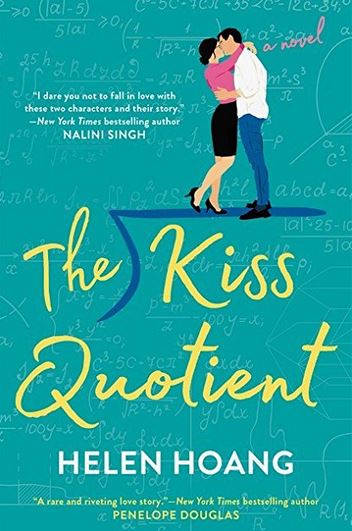
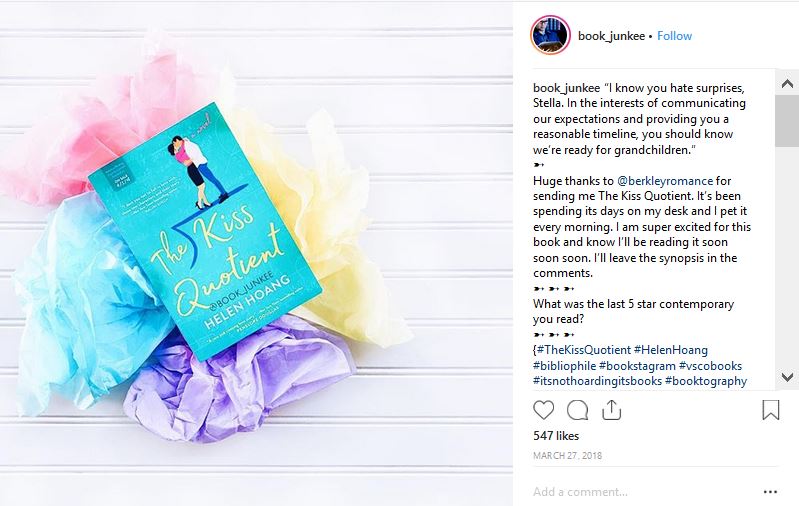

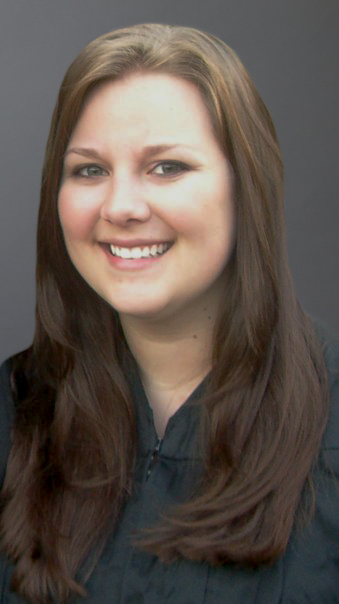
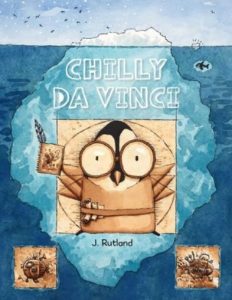


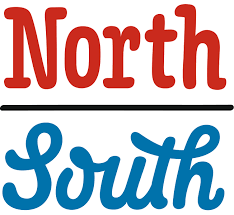
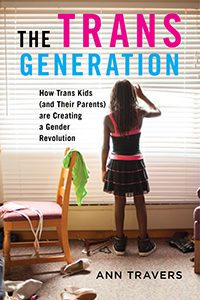
 At NYU Press, we find that NetGalley exposure plays an extremely important role in elevating the titles that we believe have potential for a more general readership. These are also titles that we want on librarians’ and booksellers’ radar as soon as possible. We pay close attention to early feedback from users as it helps us position our books in the marketplace.
At NYU Press, we find that NetGalley exposure plays an extremely important role in elevating the titles that we believe have potential for a more general readership. These are also titles that we want on librarians’ and booksellers’ radar as soon as possible. We pay close attention to early feedback from users as it helps us position our books in the marketplace.

 Our audience of publishers and authors is always eager to learn more about how others are planning their publicity and marketing efforts on NetGalley. Where does NetGalley fit into the overall strategy and timeline for Glimmerglass Girl?
Our audience of publishers and authors is always eager to learn more about how others are planning their publicity and marketing efforts on NetGalley. Where does NetGalley fit into the overall strategy and timeline for Glimmerglass Girl?